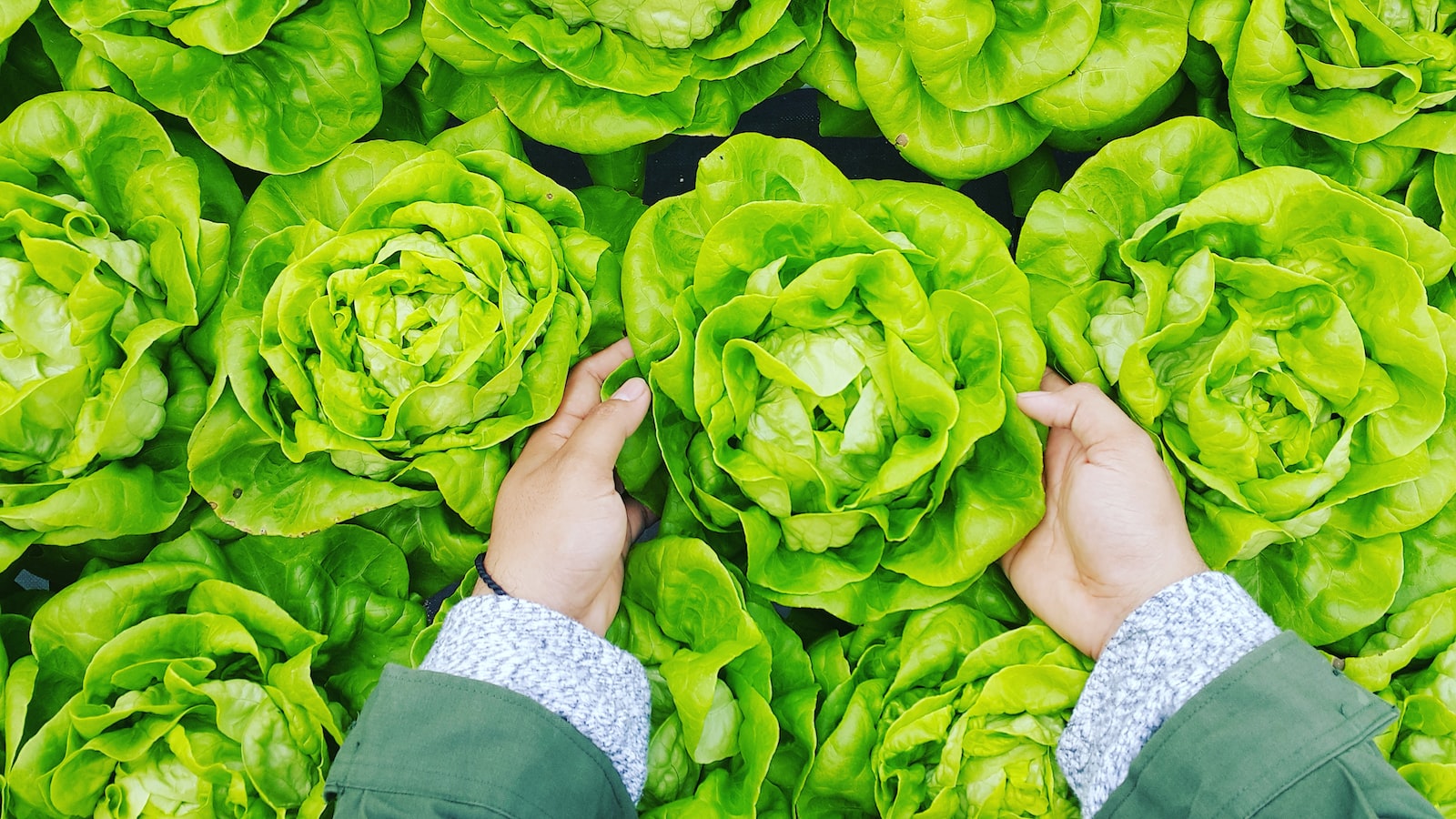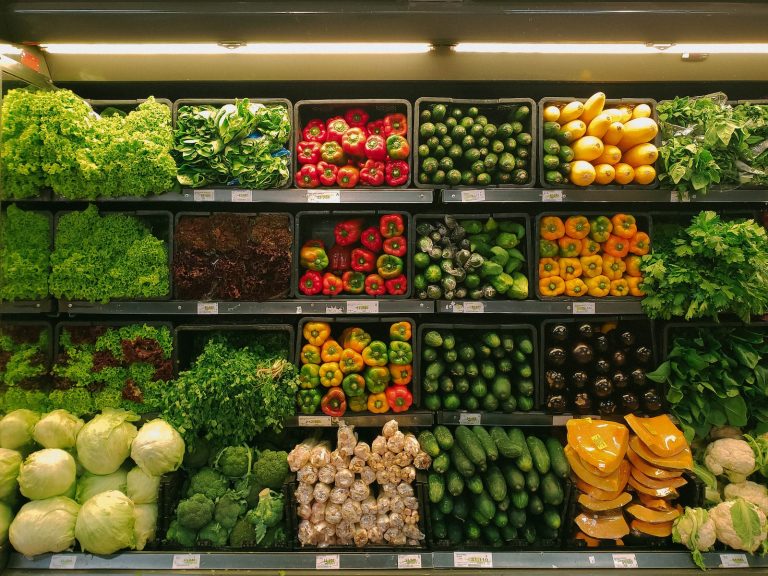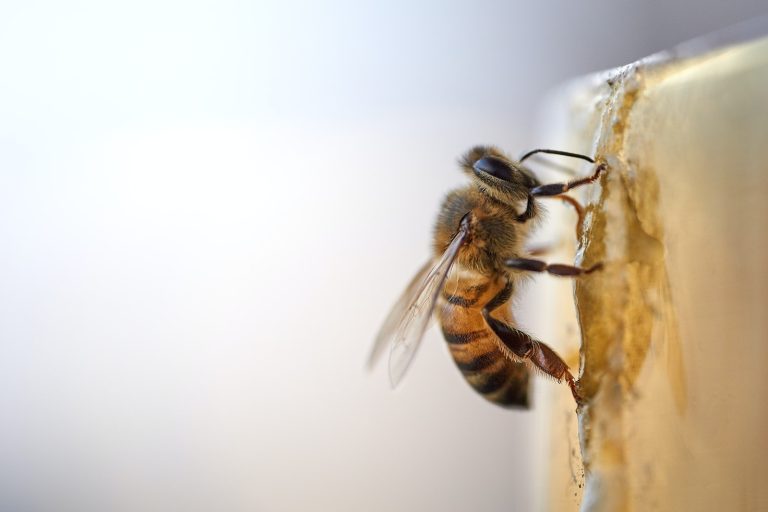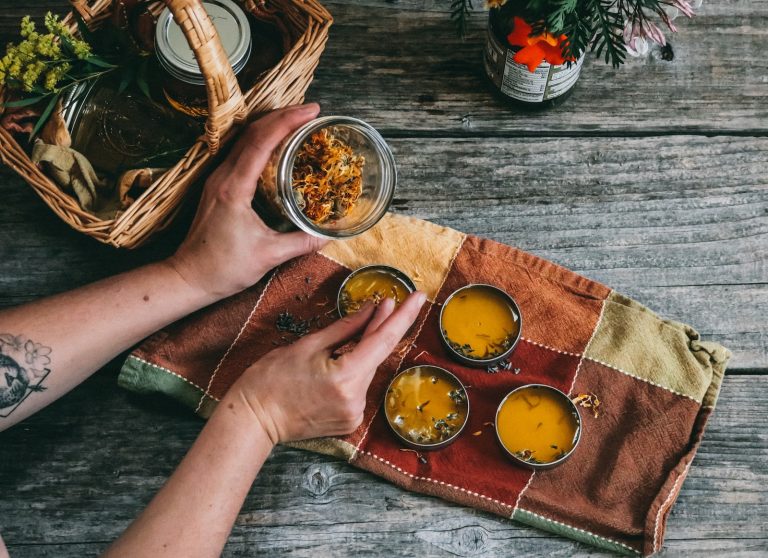How to Grow Lettuce in Your Home Garden

Are you craving for a fresh and crisp salad right from your own garden? Look no further, because growing lettuce is not only simple but also rewarding! Lettuce is one of the easiest vegetables to grow in your home garden, even if you’re a beginner.
From different varieties to various ways of growing them, this guide will teach you everything you need to know about cultivating healthy and flavorful lettuce right at home. With these tips, get ready to enjoy farm-to-table greens straight from your backyard!
What Types of Lettuce Should You Plant?
Lettuce is a cool-weather crop, so it can be one of the first vegetables you plant in the spring. You can also direct seed lettuce in the late summer for a fall crop. There are four main types of lettuce: crisphead, butterhead, leaf, and romaine.
Crisphead lettuces, like iceberg and Batavian, form compact heads and have crisp leaves. They require a long growing season and do not tolerate heat well. Butterhead lettuces, like Boston and Bibb, form loose heads with soft leaves. They are less tolerant of cold than crisphead varieties.
Leaf lettuces, like red leaf and green leaf, do not form heads. They have tender leaves with a range of colors, including red, green, and purple. Romaine lettuce forms tall heads with crisp leaves. It is the type of lettuce used in Caesar salads.
Plant lettuce in well-drained soil in full sun to partial shade. Lettuce is a shallow-rooted plant, so it does not need deep planting beds. Lettuce seeds are very small, so mix them with sand before planting to spread them more evenly.
Sow seeds thinly; thin plants to 4-6 inches apart when they are 2-3 inches tall. Lettuce is ready to harvest when the leaves are big enough to eat. You can cut individual leaves as you need them or cut the entire head at once .
Preparing the Soil and Planting Your Lettuce
Preparing the Soil and Planting Your Lettuce
To ensure that your lettuce grows properly and is healthy, it is important to prepare the soil before planting. You should loosen the soil with a shovel or hoe, making sure that there are no clumps or rocks. The ideal depth for planting lettuce is about six inches. After loosening the soil, mix in some compost or manure to provide nutrients for the plants.
Once the soil is prepared, you can start planting your lettuce seeds or seedlings. space the plants about eight inches apart so that they have room to grow. Lettuce prefer cooler temperatures, so if it is still warm outside, you may need to provide some shade for your plants. Water them regularly, and soon you will be harvesting delicious, homegrown lettuce!
How to Care for Your Lettuce Plants
Assuming you have already planted your lettuce, there are a few things to keep in mind when caring for your plants to ensure a bountiful harvest. Lettuce is a cool weather crop and does best in full sun but can tolerate some shade, especially in hot summer climates. Water regularly, keeping the soil moist but not soggy. Lettuce is a shallow rooted plant so avoid deep watering. Fertilize every 2-3 weeks with a water soluble fertilizer or compost tea. To prevent bolting (going to seed), make sure plants get at least 6 hours of sunlight each day and keep evenly watered. If you see your lettuce starting to bolt, remove the flower stalks as they appear. With proper care, your lettuce should be ready to harvest in 4-6 weeks.
Ensuring Optimal Growing Conditions
To ensure optimal growing conditions for your lettuce, make sure to plant it in an area that receives full sun and has well-drained soil. Lettuce also needs moderate amounts of water, so be sure to keep the soil moist but not soggy. Apply a layer of mulch around the plants to help retain moisture and control weeds. Lastly, fertilize your lettuce plants every few weeks with a nitrogen-rich fertilizer to promote healthy growth.
When and How to Harvest Your Lettuce
The best time to harvest your lettuce will depend on the type of lettuce you are growing. For example, loose-leaf lettuce can be harvested as soon as the leaves are big enough to eat, while head lettuce needs to be allowed to form a tight head before harvesting.
To harvest loose-leaf lettuce, simply cut the leaves you need from the plant using a sharp knife or pair of scissors. Be sure to leave some leaves behind so that the plant can continue to grow. To harvest head lettuce, cut the entire head off at ground level.
You can also choose to let your lettuce bolt (flower and go to seed) and then harvest the seeds. Lettuce seeds can be used for planting next year’s crop or for making homemade salad dressing.
Alternatives to Growing Lettuce in a Home Garden
There are many reasons why someone might not want to grow lettuce in their home garden. Maybe they don’t have the space, or they don’t have the time to take care of a garden. Whatever the reason, there are plenty of alternative options for getting your lettuce fix.
One option is to buy lettuce at the grocery store. This is the most convenient option, but it can also be the most expensive. Another option is to buy lettuce from a local farmer’s market. This is a great way to support local farmers and get fresh, delicious produce.
If you’re looking for a more hands-on experience, you could try growing lettuce in a pot on your balcony or deck. This is a great option for people who live in apartments or other small spaces. You can also find pre-made kits that come with everything you need to get started.
Whatever option you choose, there’s no need to feel guilty about not growing your own lettuce. There are plenty of other ways to get your greens!
Conclusion
Growing lettuce at home can be a rewarding experience, not only from the delicious greens it will provide but also from the knowledge you gain about gardening. Lettuce is an easy crop to care for and maintain; with proper soil preparation, planting techniques, and adequate water and fertilizer schedule, you’ll be harvesting your own fresh lettuce in no time.
Whether you’ve been an avid gardener for years or are just starting out this season, growing lettuce is a great way to begin enjoying the fun of having your own garden!

Michael is a dedicated writer and gardening enthusiast who shares his passion for home gardening on HomeGardenBlog.com. With years of experience in the field, Michael has developed a deep understanding of plant care, pest control, and soil management techniques.






